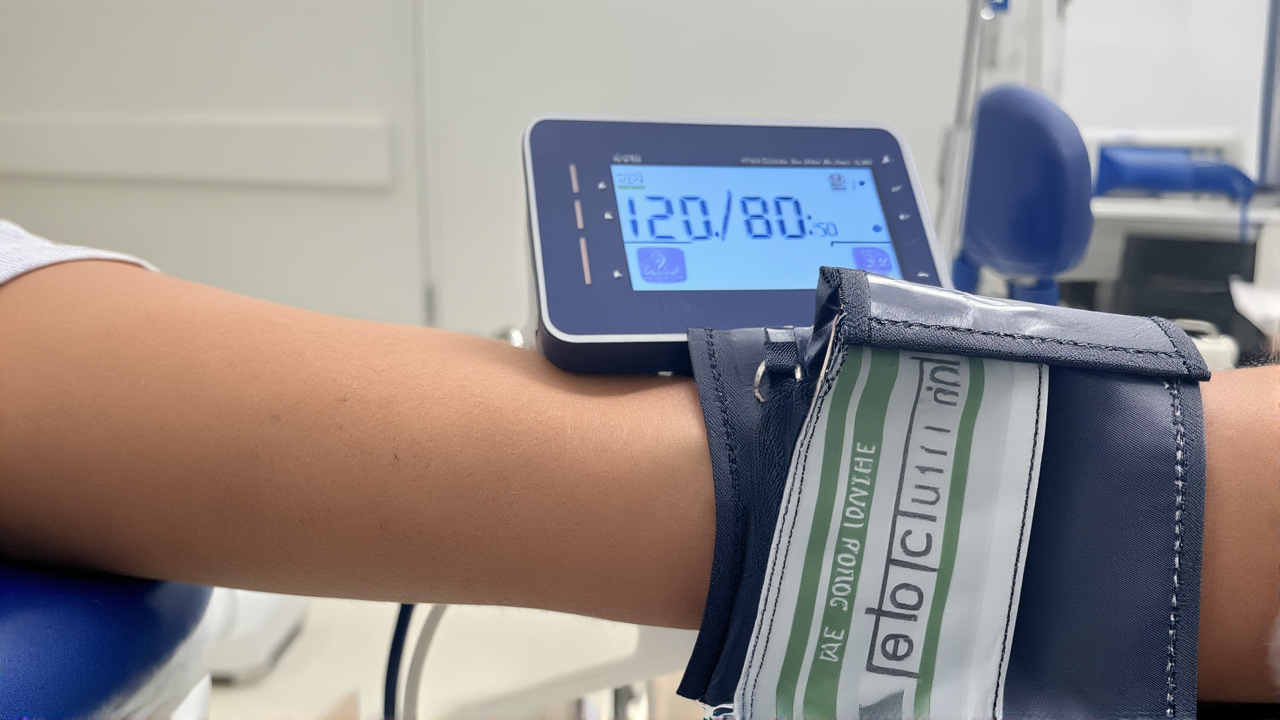Hey everyone! Ever wondered what those two numbers on a blood pressure monitor actually mean? And, more importantly, when are they ‘too low’?
Blood pressure is essentially the force of your blood pushing against the walls of your arteries. We talk about two numbers: the top one, ‘systolic,’ is when your heart beats, and the bottom one, ‘diastolic,’ is when your heart rests between beats.
Generally, a healthy blood pressure is considered to be less than 120 over 80. So, what’s “too low?” Medically, low blood pressure, or hypotension, is typically defined as a reading below 90 over 60 millimeters of mercury.
But here’s the thing: for many people, having blood pressure below 90 over 60 is completely normal and causes no problems! They might just naturally run a bit low, and that’s okay if they feel fine.
The real concern with low blood pressure comes when it causes symptoms. These can include dizziness, feeling lightheaded, or even fainting. You might also experience nausea, blurred vision, or just feel really tired and weak.
Why might blood pressure drop? Common reasons include dehydration, standing up too quickly, which is called orthostatic hypotension, or even pregnancy. Certain medications, heart conditions, or other health issues can also play a role.
So, when is it serious? If you have low blood pressure and experience severe symptoms like confusion, cold and clammy skin, very rapid or shallow breathing, or a weak and fast pulse, it could be a sign of shock, which is a medical emergency. In such cases, you should seek immediate medical attention.
If you frequently have low readings, or if you start experiencing any concerning symptoms, it’s always best to talk to your doctor. They can determine if your low blood pressure is normal for you, or if it needs further investigation or treatment.

